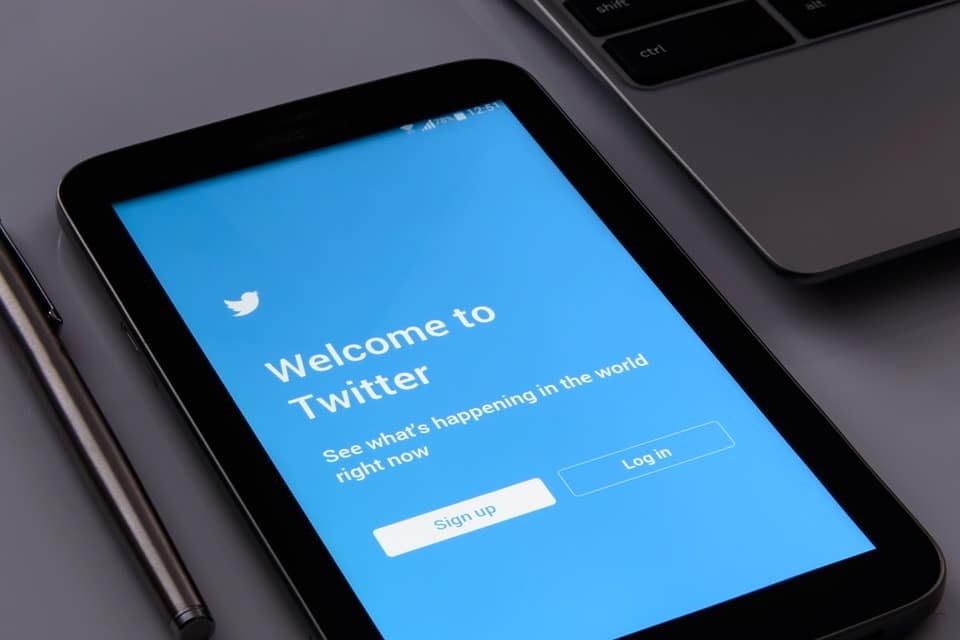
The Twittersphere Explained: Publishing Press Releases on Twitter
Last November, Twitter increased the character limit from the original 140 character maximum to 280 characters per individual tweet. As a result of this change, more and more users began posting longer tweets with increased details on the topics they were discussing. This poses the question: is Twitter an ideal place to publish press releases?
The answer is Yes!
(…)
…..and no. Let’s break down why this is the case.
The 140 characters max? That will never catch on!
Twitter has revolutionized the PR industry ever since it was launched in July 2006. The fast-paced, brevity-focused essence of the platform led to it gaining massive popularity VERY quickly. Twitter allowed businesses and consumers to interact directly in an efficient manner that would be best described as unprecedented.
Companies have had varied approaches to the platform, but for the most part, the objective remains the same – to engage users with appealing and informative content.
No word at this time on a restock. Be sure to stay tuned to https://t.co/6e4NFATyrI for potential updates.
— Nike (@Nike) June 15, 2018
I'm so sorry for the late order. Can you please DM us your name, email, phone#, & store info so we can help get this addressed? *FF https://t.co/Cf8BiToVpb
— Domino's Pizza (@dominos) June 18, 2018
You don't have to bring them into this just because you forgot refrigerators existed for a second there.
— Wendy’s (@Wendys) January 2, 2017
The mixtape drops now. Not pulling punches. We Beefin’. pic.twitter.com/H1Rm1ODYC4
— Wendy’s (@Wendys) March 23, 2018
EX: Fast-Food Chain Wendy’s has promoted their brand through their funny, hater-roasting, mixtape-dropping Twitter presence.
The “informative” portion of that equation seems to be the most difficult aspect of it all; how does one produce “attractive” corporate information?
It’s quite tricky, actually…
Traditional Press Releases & Twitter:
Long Form vs Short Form, which one is better?
Press Releases are promotional pieces of content that are used in most corporate marketing strategies to alert the public of any kind of new development, event, or information of any kind involving or regarding the company. The issue with press releases and Twitter isn’t necessarily related to the promotional aspect, however. Rather, the issue lies in the formatting and style of traditional press release content.
500+ words written in AP style formatting just won’t cut it on Twitter, even with the increased character count. Tweets are designed to be brief and concise, as well as somewhat informal. Tweets from individual users are written in conversational style, as opposed to the traditional, journalistic, AP writing style that editors have used for decades when writing press releases.
…So How Can I Post My Press Releases To Twitter and Still Be Effective…
Here’s the thing…
Twitter is a great place for press release related content, not press releases in their original form. Here are some examples of press release related content in different forms; notice how each one can be utilized for specific purposes (this might come in handy depending on your industry):
A Titled Release: If you want to make it clear that the following tweet contains press-release related content, don’t be afraid to title it as such! Journalists and reporters will tweet breaking news stories by tilting their tweets “BREAKING:” before the actual content discussing the story. Some companies will title company announcements as “RELEASE:” or “ANNOUNCEMENT:” before the actual content itself.
https://twitter.com/NewsBreaking/status/1008803914001481728
An example of a titled release/tweet breaking news on the topic of cannabis.
Stand-Alone Tweet: Some companies choose to make major announcements via Twitter directly, and as a result choose not to title the release at all. This is a content-driven tactic – that is, the tweet tweets itself is supposed to be the main component in driving traffic to the account. These tweets are typically posted in a plain manner on purpose – the information being provided within the tweet is supposed to be the “real” show.
FOR THE LOVE OF STEVE, DUH! So hold tight baby darts — season 3 is officially happening.
— Netflix (@netflix) December 1, 2017
Netflix announces season 3 of their hit original show “Stranger Things” through a “Stand Alone” Tweet.
Integrated Media Release: Pictures, videos, audio, and more. Sometimes, pictures /short videos are accompanied with titles, descriptions, or even or links to the full release – these are used to engage users scrolling through their feeds (it’s been proven that users stop and view tweets that contain media content such as videos).
Dear Internet, we abbreciate your batience. Now let’s see who guessed right. B-hold!!!!! #IHOb pic.twitter.com/Fh3SkZ7s3Y
— IHOP (@IHOP) June 11, 2018
IHOb, formerly IHOP, announcing their official name change via Twitter – the tweet included a short video to reveal the reasoning behind the change.
Whatever the case, each of the aforementioned types of releases are concise in nature; one-two main points maximum, with only the most important details included.
If there is a new development within the company, make it clear WHAT it is and WHY it is occurring.
Are you hosting an event? Provide the address, date, time, pricing if applicable, and a short description of the event. You won’t have space for much else!
Maybe you want to announce an individual’s contribution within your company. Include their name, what they, did, their own Twitter handle if applicable, and link to a full release detailing the whole story if possible.
Whatever the case, the main focus should be to be as concise and efficient as you possibly can. Typically, additional details (if not linked within the initial tweet) are to be posted via reply tweets, (tweets in which the account replies to its own initial tweet), supplementary tweets (separate tweets altogether), or on the company website.
Hopefully, this will help you craft efficient press release-related content to publish on the Twittersphere.
We hope to see you there!











